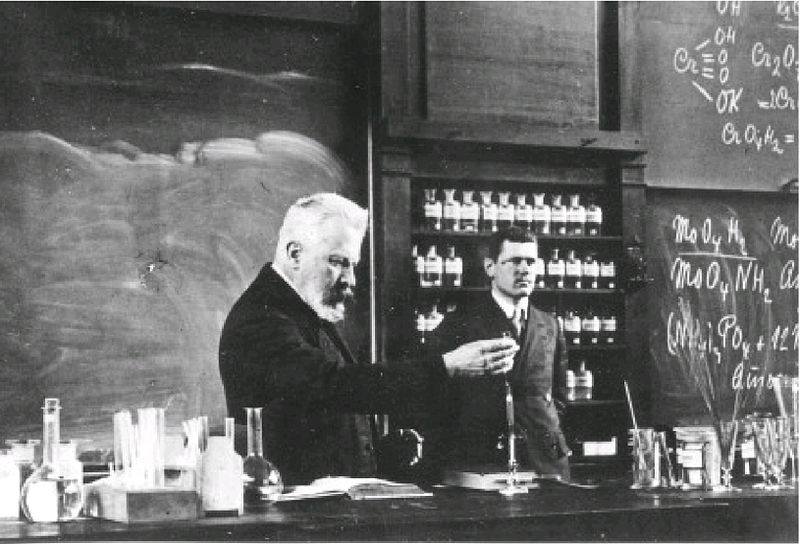He won the 1907 Nobel Prize in Chemistry: Who is Eduard Buchner?
He was awarded the Nobel Prize in Chemistry in 1907 for showing that alcoholic fermentation is a chemical process, not a physiological one.

(1860-1917) German chemist. He was born on May 20, 1860 in Munich. Coming from an old Bavarian family, Buchner's father, Ernst, was a professor of forensic medicine and obstetrics. His older brother Hans (1850-1902), who would later do research on bacteria and gammaglobulin, was a chemist and it was he who aroused Buchner's interest in this subject. After taking a break from his chemistry education at the Technische Hochschule in Munich due to financial difficulties for a while, he started working with Adolf von Baeyer at the Bavarian Academy of Sciences in the same city. At the same time, he was doing research on ferments at the Institute of Plant Physiology under the supervision of Karl von Naegeli. He received his doctorate in 1888; He worked as Baeyer's assistant from 1890-1893. In 1895 he was appointed professor at the University of Kiel. Buchner, professor of general chemistry at the Agricultural College in Berlin in 1898 and director of the Fermentation Institute, received the Nobel Prize in Chemistry in 1907 for his work on cell-free fermentation. In 1909, he was appointed to the chair of physiological chemistry at the University of Breslau. He died of a shrapnel wound on 11 August 1917 while fighting on the Romanian front during World War I.
Treating fermentation as a biochemical problem was new in Buchner's time. Although fermentation has been used in wine and bread making for centuries, it was only towards the middle of the 19th century that the yeasts that created this change in organic matter were obtained. In this period, there were two opposing views on fermentation in the world of science: vitalist and mechanical. The vitalist view argued that life had its own special rules and that the fermentation findings obtained by examining inanimate matter could not be applied to living matter. In contrast, Liebig, representing the mechanistic view, believed that yeast pushes sugar molecules to break down into alcohol and carbon dioxide through a process of decay, and he refused to define this power, although he regarded the activity of yeast as a catalyst power.
In the 1860s, Pasteur suggested that fermentation was caused by various yeasts and bacteria, and that fermentation was a physiological activity, not a catalytic one. Thus, he made a distinction between soluble enzymes, which can be separated from vital processes, and yeasts, which are inextricably linked to the living organism. Yet this link between vitality and fermentation was rejected by researchers such as Berthelot, Traube, and Hoppe-Seyler. In 1896 Buchner decided to examine whether alcoholic fermentation could be treated separately from life. He obtained cell-free yeast water by rubbing it with sand until the yeast cells were completely killed, and after destroying the bacteria in it by adding it to a dense sugar solution, he tried to see if the formation of alcohol from sugar would stop. When yeast water, which has completely lost its vitality, performs the fermentation process just like living cells, it turns out that it can be separated by intercellular fermentation and that fermentation is a chemical process catalyzed by enzymes. Buchner named this active, fermenting substance zymase. These findings strengthened the mechanistic view in biology.
Buchner played an important role in the development of modern enzyme chemistry by finding invertase and lactase, as well as the enzyme bearing his name, which he obtained from brewer's yeast as a result of his intense research in the field of fermentation.
